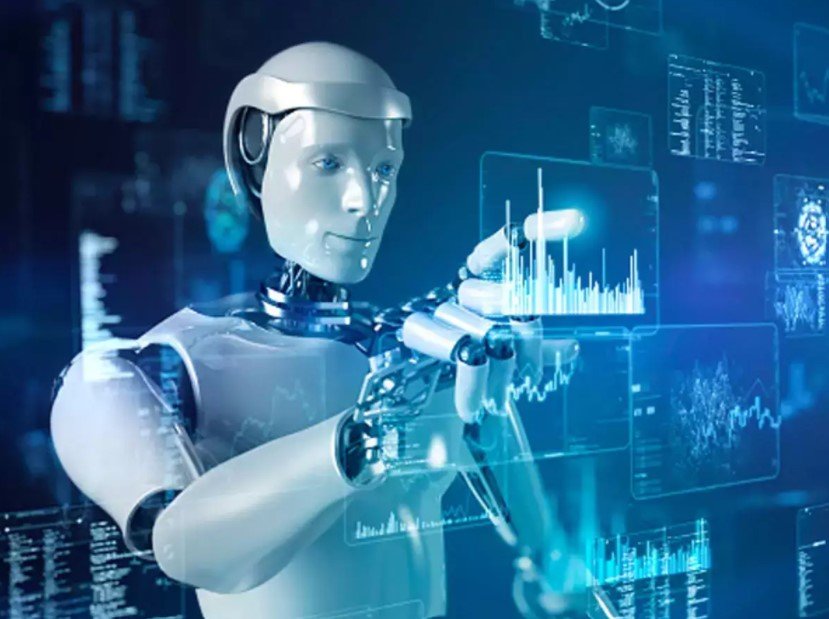Since its inception, animation has kept on changing now and then, thanks to technological advancements. The emerging technologies have transformed the animation world providing more opportunities for creative animators. It is, therefore, crucial for those who desire to explore the future of animation to understand these technologies behind the consistent changes in 3D animations and their impacts on the industry
Augmented Reality (AR) and Virtual Reality (VR)
These two technologies have been critical modifiers in the animation industry by offering engaging experiences to users. AR makes digital content accurate, improving the viewer’s perception of reality. The technology gives viewer’s unforgettable experience by visualizing animations that exactly resemble the real world objects. These technologies have changed 3D animation in modern industry, allowing animators to create engaging and interactive content that connects the physical and virtual worlds. Starting from interactive gaming to educational applications, AR and VR have opened doors for different careers in different sectors.
Real-Time Rendering
Unlike before, when animators took much time to create 3D scenes, today, less time is required to make creations. Animators can see their creations come to life instantly, thus allowing them to be more creative. Real-time rendering engines enhance the creation process by enabling animators to create aesthetically pleasing and quality scenes instantly. The technology is not only applicable in gaming but also in other industries like filming and VR. Animators have unprecedented freedom to create since technology enables them to develop high-quality, immersive images.
3D Printing and Photogrammetry
Through photogrammetry, it is now possible to capture the real world in exquisite detail. The technology gives animators the ability to change environments and physical objects into meticulous 3D models. When skilled animators utilize photogrammetry and 3D scanning, landmarks, facial expressions, and artifacts can be recreated pragmatically. Animations can be produced and showcased to the physical world through 3D printing.
Haptic Feedback
Through haptic feedback, viewers experience tangible sensations of animations. The fact the users can feel the movements and vibrations when interacting with animations makes the experience unforgettable. Haptic feedback has been used to make users more engaged in gaming or virtual reality. It offers viewers tactile sensations corresponding with on-screen actions and makes their experience more real and engaging. The viewers can have a real-time experience and have their thirst quenched when viewing 3D animations. For instance, when a person is playing a game, they can feel like they are in the field thanks to haptic feedback.
Machine Learning and Artificial Intelligent
Corroboratively, AI and machine learning have impacted the animation industry through automation. Animators can now focus on refining their creativity since AI algorithms can automate repetitive components. AI-driven objects study human movements and patterns to create lifelike animations. Animators can anticipate the emotions and movements of characters through the help of AI predictive elements. The proficiency of AI-guided animation objects has streamlined the workflow and enabled the animators to remain at the forefront of technology.
Technological advancements have revolutionized the 3D animation industry. Animators can now create animations that attract the viewer’s attention and interest. Technologies such as haptic feedback and artificial intelligence have allowed animators to create scenes that provide tactile sensations to viewers. The work of animators has also been made easier through real-time rendering, AR, and VR.


